
It’s Time to Face Facts
BY susan dematei
Maybe it is because my father was a published cell biologist, but I find neuromarketing fascinating. This field is dedicated to looking at biological and developmental triggers engrained deep in our evolution that considerably influences how we respond to marketing and branding. And it’s all based on fact and science.
A great example of this would be why ads with faces perform better. Countless eye-tracking studies and recall and memory tests conclude that we typically remember and have a positive association with ads containing people.
Why?
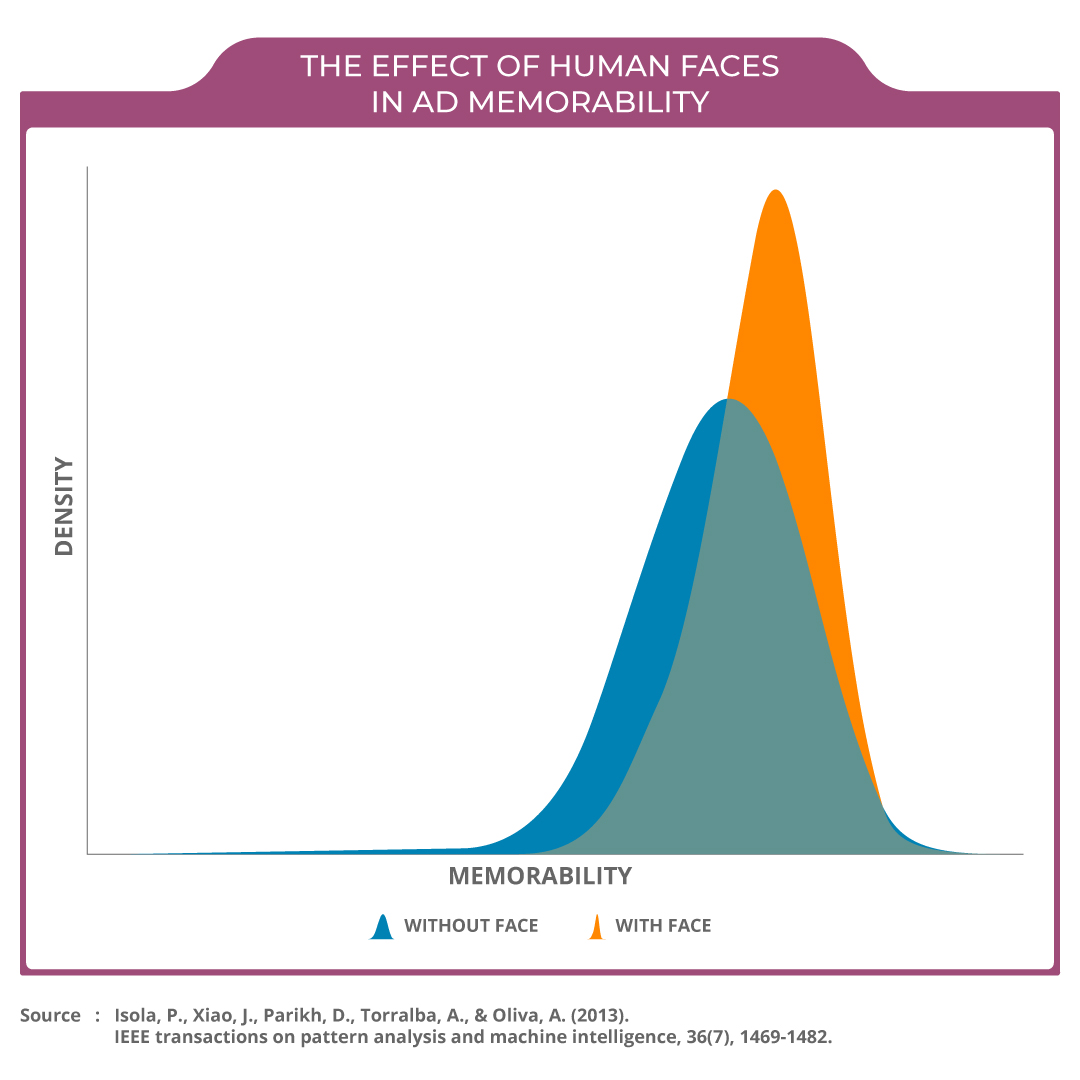
Because as babies, on day one, we look at faces, and as we develop into adults, we rely on faces to look for cues in our perception. Indeed, most animals grow up taking cues from others when the situation is dangerous, calm, funny, or solemn. It is likely because physiological recognition of faces comes from a different area of the brain than recognition of words, or shapes/visuals. (Hoshiyama) Most research agrees that 70 to 93 percent of all human communication is nonverbal. Dr. Albert Mehrabian led one of the most well-known research projects on nonverbal communication in the 1960s. It was Mehrabian who initially concentrated on face-to-face conversation. He found that communication is 55% nonverbal, 38% vocal, and 7% words only.
Knowing that text is only 7%, is it any wonder that email copy has such low conversion rates? When working with an email or social media channel, the pictures do most of the communication, not the copy. So take great care in the visuals; seeing a person is infinitely more engaging than a sterile room, bottle shot or stock photo.

It is also scientifically proven (Science Daily 2008) that seeing a face creates empathy. This study proved that when we see an ad with a person, we tend to care more about the product, do more research about the brand, and can even unconsciously identify with a person in the ad. This data makes sense if you think about it. As we’ve evolved, people who have intimate relationships, take cues from others, work together as a group/society, and place more value on relationships lived longer/were more successful than those who were not perceptive or organized within a group. It’s one of the main reasons we value relationships and experience over objects. (hint: it’s not about your wine).
The Power of Expressions
Not only do we look for and remember faces, but we subconsciously mirror them.
We place a great deal of subconscious effort into interpreting and following cues of emotions on faces. (Again, think how this would be useful for evolutionary success.) Known and studied as the Gauchais Reaction, humans and some animals subconsciously and automatically employ nonverbal techniques intended to copy the body language, vocal qualities, or attitude of another person. In some cases, it is so powerful you start to feel what the other person is feeling so it can affect preference and attitudes towards others. Think of how your dog or cat picks up on cues and seems to know when a new visitor isn’t an animal person and who will readily give out ear scratches.
The trick here is the facial expression must be genuine. Posed shots with forced smiles are scanned by our subconscious as disingenuous and ignored at best, and could be marked as deceitful at worst.
We are so focused on faces that we can’t unsee them. This is why models on the runway always have a flat expressions. They are not supposed to smile, show teeth, or any aspect of their personality because as humans the first thing we try to do is try to connect to the person in front of us through his or her expressions. Our focus becomes their face, not the clothes they are modeling.
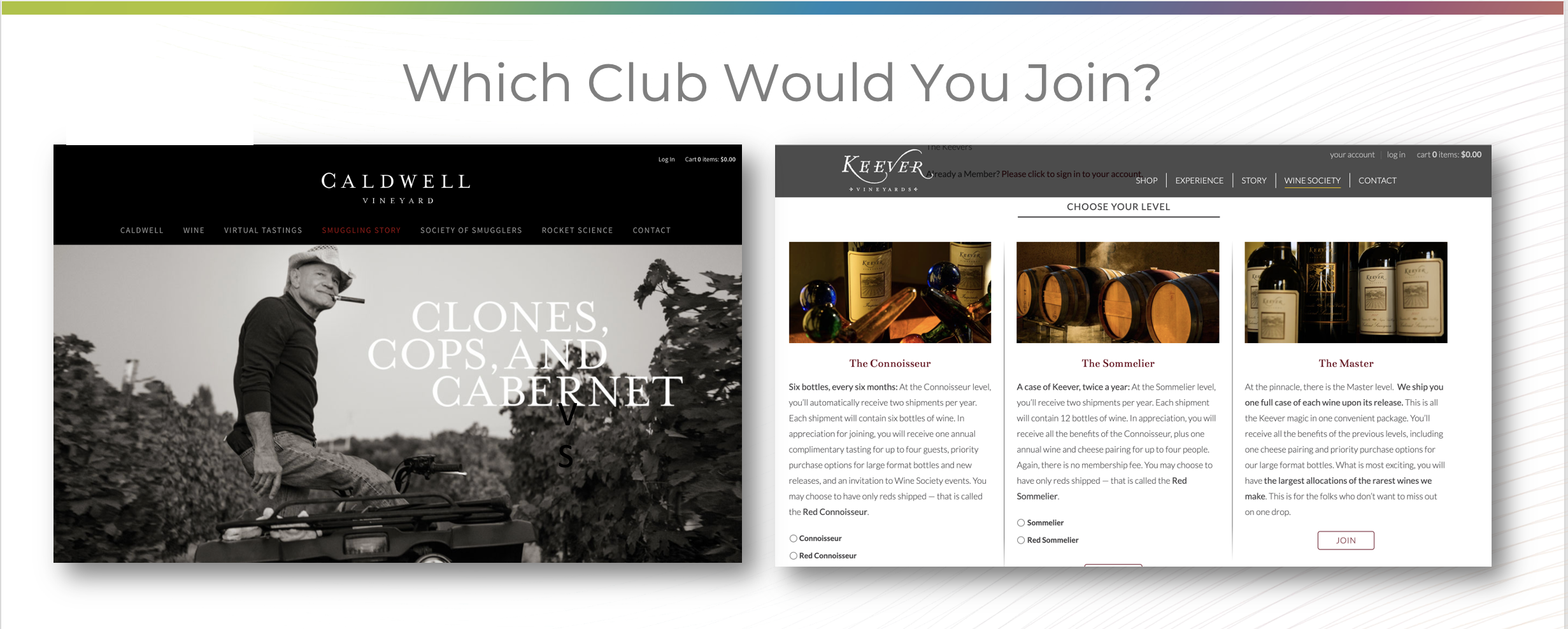
But Is That Enough?
There is an old (sexist) adage in advertising that to create a winning ad, you need “babes, babies, or beasts.” I would lean toward a puppy myself, but ads with infants and attractive women are proven to draw the longest attention from all consumers. But that doesn’t mean we add a photo of an attractive couple holding a wine bottle and call it a day. What happens when the face is all we remember?
Who doesn’t like a good eye-tracking study? This software follows eye movements and records what people genuinely look at regardless of what they say they do. It not only proves people don’t read (they scan), it enables us to eliminate some guesswork out of conversion rate optimization to reveal some startling insights into increasing conversions.
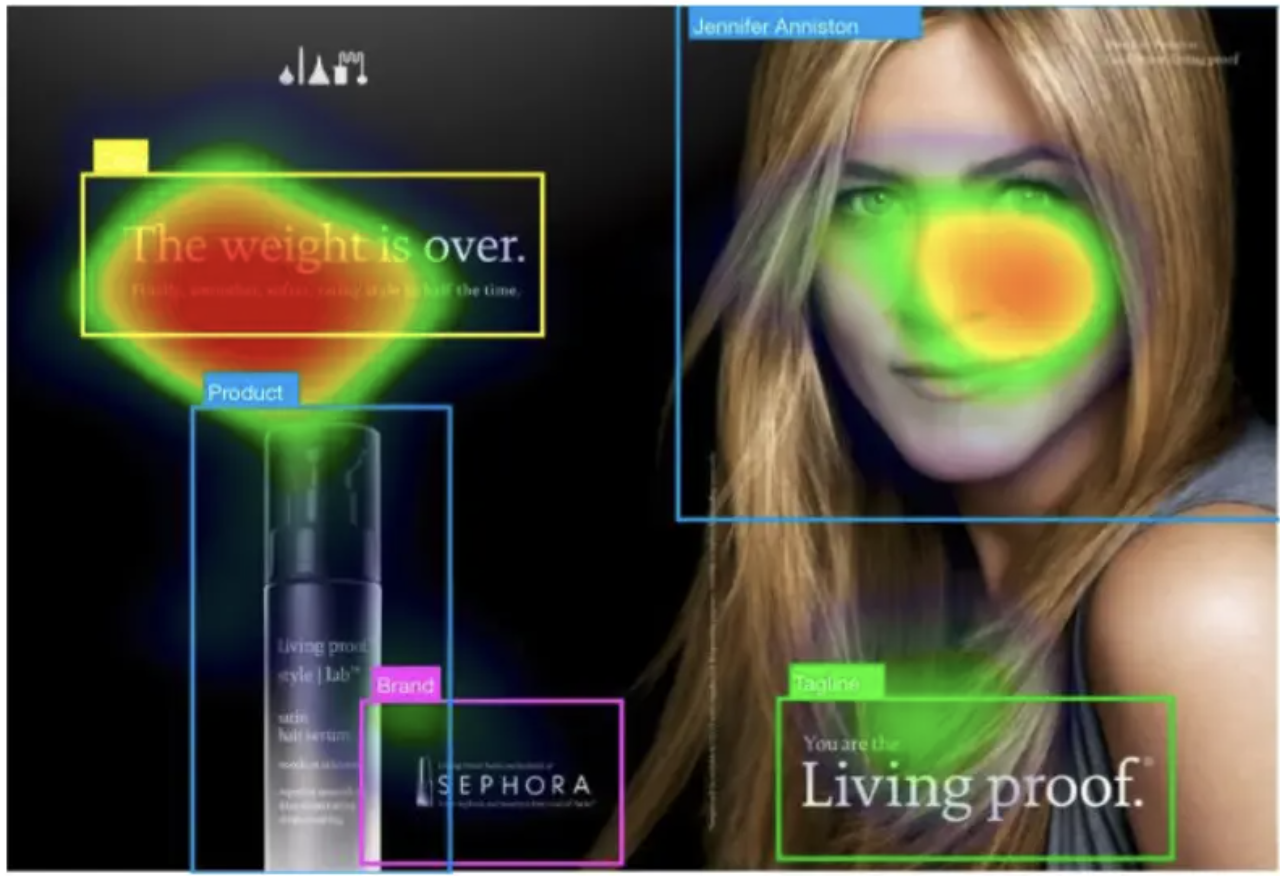
This includes how our interest in people can obfuscate the purpose of the ad. People looked at Jennifer Aniston and the tagline in this Living Proof ad. But in follow-up questions, only 20% of the people could recall the brand. So the key is clearly to have a purpose for the person and have them interacting or reacting to your brand.
Enter the importance of where the model is looking. We have been conditioned from birth to follow people’s gazes to focus on what they find so fascinating.
In this first ad, as expected, most people zoned in on the baby’s face, with a few people making it to the logo in the bottom right corner.
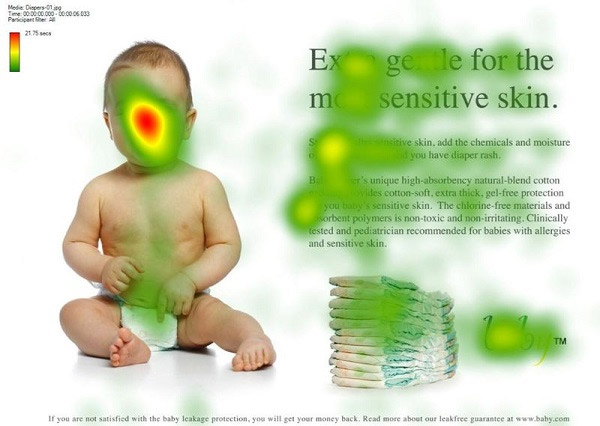
But change that baby’s gaze toward the copy, and watch what happens. There is markedly more engagement and comprehension of the headline, copy, and logo.
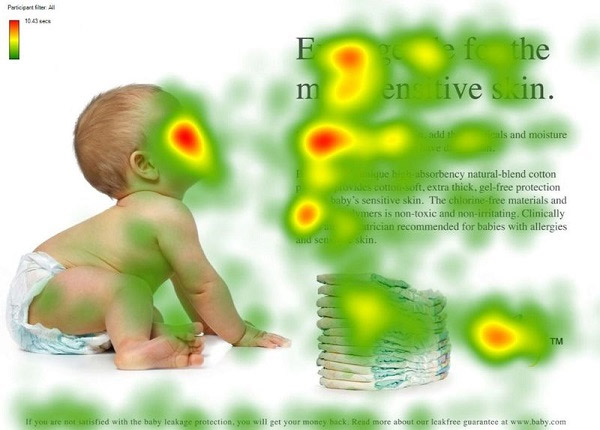
So, the next time you set up your tasting room shoot, or Father’s Day email, rethink that pristine room devoid of life. Think about intention, and include people interacting with each other, the staff, or your wine in some way. This will give your audience visual cues to connect with and feel an emotional pull toward your brand. And it might just improve your sales.
Susan DeMatei is the founder of WineGlass Marketing, a full-service direct marketing firm working within the wine industry in Napa, California. Now in its 10th year, the agency offers domestic and international clients assistance with strategy and execution.
WineGlass Marketing is located in Napa, California at 707-927-3334 or wineglassmarketing.com


